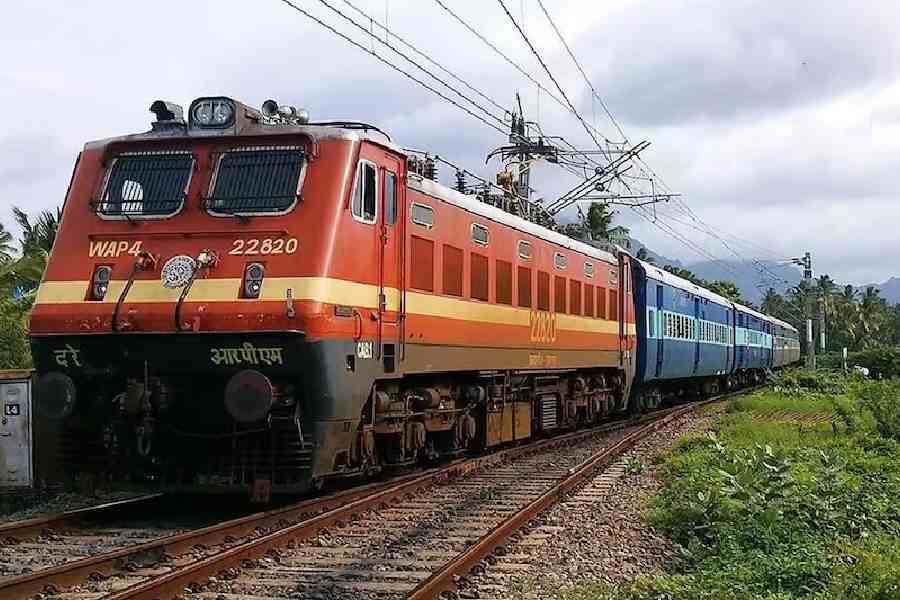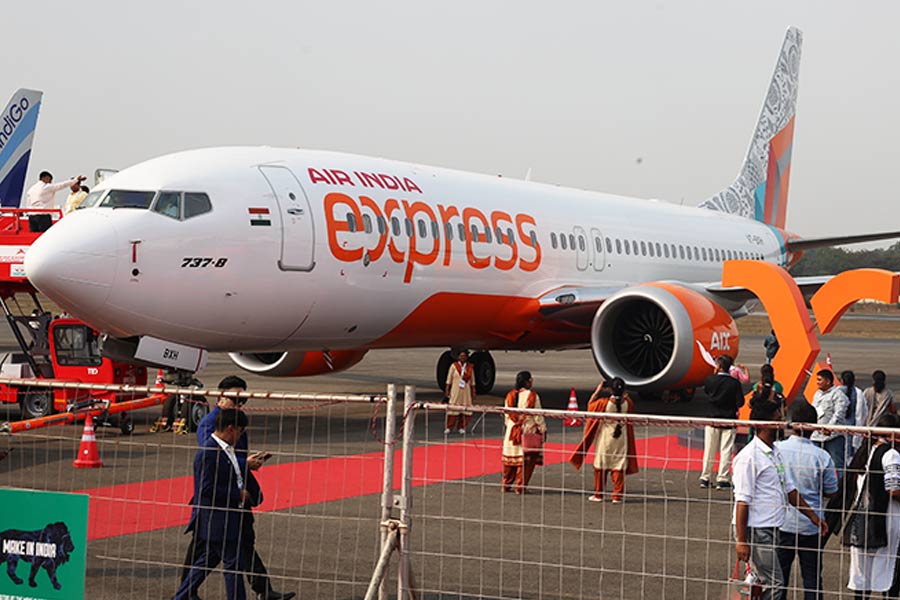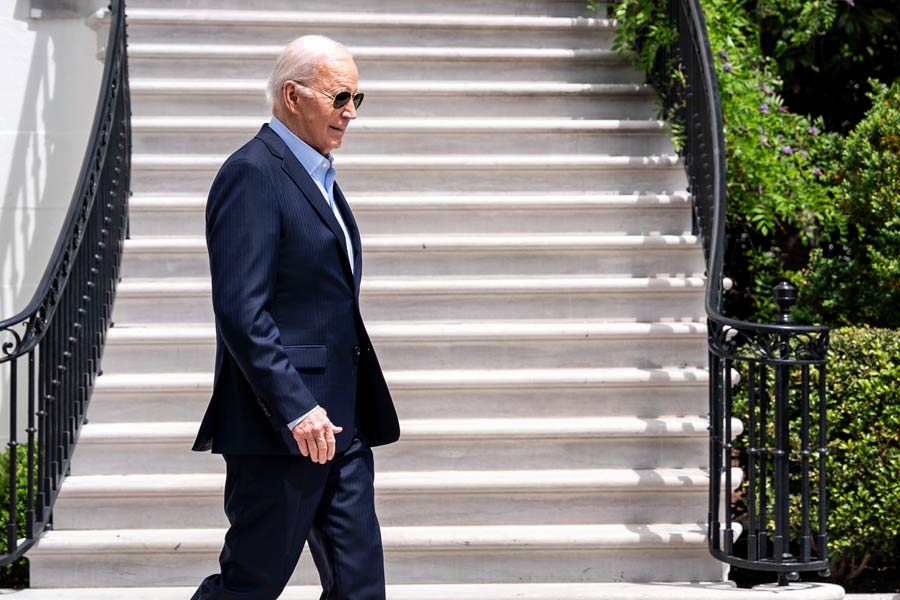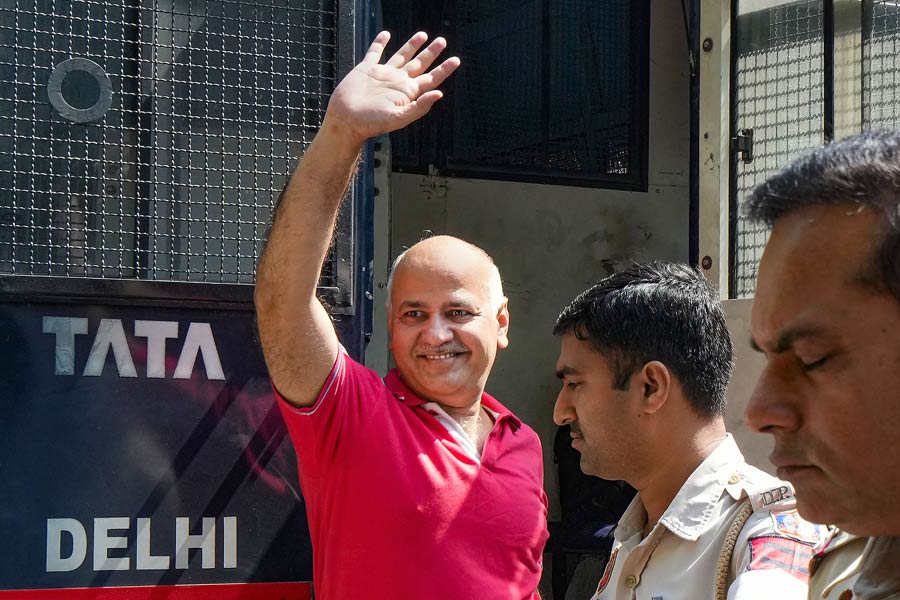At least 323 people have already lost their lives in four major train mishaps in India this year alone. The recent accident in Andhra Pradesh highlighted, once again, the critical loopholes in railway safety standards in the country. Critics allege that the mishaps can be attributed to a shift in policy: the railways, the argument goes, are being forced to prioritise ‘modernisation’ over investments in infrastructure. The criticism cannot be waived away, notwithstanding the government’s assurances. In recent years, the Centre has invested nearly $30 billion in the railways to manufacture semi-high-speed trains, modern coaches and locomotives and to redevelop stations. What must also be noted is that a whopping 56 million rupees of this sum has been spent on organising four launch events of Vande Bharat trains that were graced by the prime minister. Meanwhile, red flags are being ignored by the authorities. A 2022 report by the Comptroller and Auditor General revealed that basic railway maintenance and staff training had been falling since 2017, leading to serious lapses in safety. Among the areas of concern highlighted by this report were lapses in the training and counselling of staff and scheduled inspections of railway infrastructure — these are the reasons that have been cited for the Balasore triple train collision as well as the latest accident in Andhra Pradesh. As of June, 53,180 posts related to the operational safety of the railways lay vacant. What does not help matters is the faulty manner of affixing accountability to placate public anger: the Central Bureau of Investigation arrested three railway signalling staff on charges of culpable homicide not amounting to murder after the Balasore incident. Experts fear that this would lead to a spike in the doctoring of facts regarding safety checks.
Alarmingly, close to 95% of India’s railway routes still lack Kavach, the indigenous train collision avoidance system, even though the capital outlay for the railways in this year’s budget was one of the highest ever — 2.40 lakh crore rupees. So funds, evidently, are not the problem. The issue lies with the injudicious distribution of this kitty: there were shortfalls ranging from 30-100% in inspections of tracks as per the CAG report. The modernisation of the railways is necessary. But why should it not entail the upgrading of infrastructure to ensure passenger safety?










